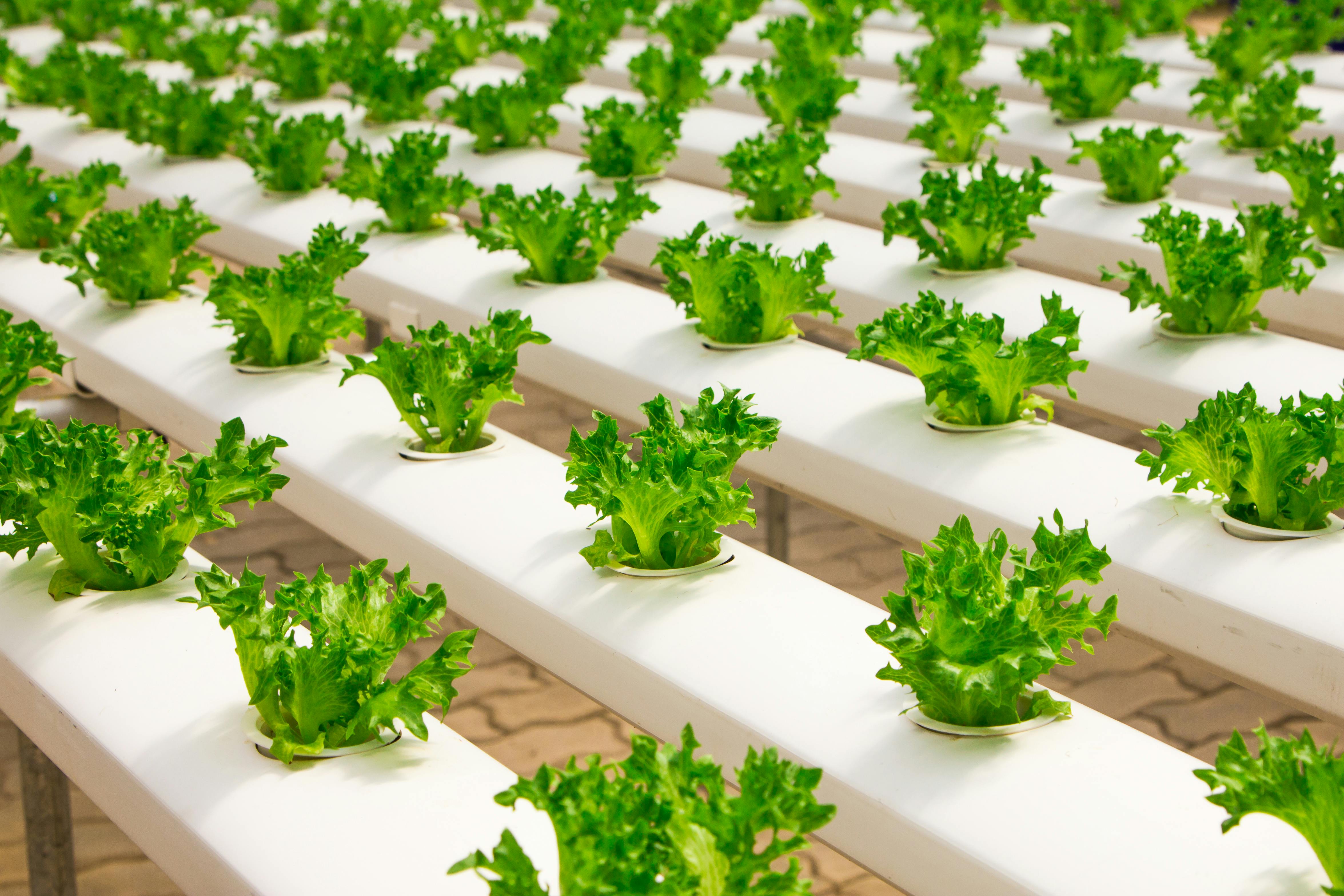Having a vegetable garden is a great way to add fresh and healthy fruits and vegetables to your diet. But starting a vegetable garden can be intimidating for beginner gardeners. One of the most important steps in creating a successful vegetable garden is building your garden bed. A well-constructed vegetable garden bed can help you maximize the space you have and produce larger, healthier harvests. Building a vegetable garden bed doesn’t have to be difficult or time consuming; with the right supplies and a little know-how, you can create the perfect spot for growing your own vegetables.Planning a vegetable garden bed is an important step in making sure your garden is as productive and attractive as possible. Here are some tips to help you plan and prepare your vegetable garden bed:
1. Choose a location for your garden that gets at least 6 hours of sun a day and has good drainage.
2. Before planting, test the soil for nutrient levels, pH balance, and any contaminants. Amend the soil with organic matter like compost or manure to improve the fertility of the soil if necessary.
3. Create paths between beds so you can easily access all areas of your garden
Building a Vegetable Garden Bed
Creating your own vegetable garden bed is an exciting and rewarding process. To get started, you’ll need to gather some materials. To build a raised vegetable garden bed, you’ll need wood, soil, compost, and mulch. You will also need some tools such as a saw, hammer, drill, and screws.
Wood is the most important material for constructing your garden bed. You can choose from a range of materials such as cedar, pine, or redwood. All of these woods are durable
Select a Site
Choosing the right site for your vegetable garden bed is the first step. The site should be sunny, well-drained, and accessible. It should also be close to a water source so you can easily water your vegetables. Avoid sites near trees or shrubs as they can compete for nutrients and water with your vegetables.
Prepare the Soil
Now that you have chosen a suitable site for your vegetable garden bed, it’s time to prepare the soil. Start by removing
Preparing the Soil for a Vegetable Garden Bed
Preparing the soil for a vegetable garden bed is one of the most important steps to growing a successful and healthy crop. The best way to ensure good soil is to start with high-quality compost and soil amendments. Compost helps to improve drainage, aeration, and nutrient content of the soil, while soil amendments can help to adjust pH levels and add essential minerals. Once you have prepared the right mix of compost and amendments, it’s time to till the soil and level off the area.
https://images.pexels.com/photos/5718323/pexels-photo-5718323.jpeg
What Type of Fertilizer Should You Use?
When it comes to fertilizing your garden or lawn, it is important to choose the right type of fertilizer. Different plants require different nutrients, and not all fertilizers are created equal. The best way to determine what type of fertilizer you should use is to first consider the type of plants you are growing and their specific nutritional needs.
For example, if you have a vegetable garden, then you may need a fertilizer that is rich in nitrogen, as this element helps promote leaf growth. If you are

What Type of Mulch is Best for a Vegetable Garden Bed?
Mulching is an essential part of vegetable gardening. It helps conserve moisture, reduce weeds, and prevent soil erosion. When deciding which type of mulch to use in a vegetable garden bed, there are several factors to consider. Organic mulches such as straw, compost, grass clippings, and shredded leaves are the best choices for vegetable gardens because they improve soil structure and fertility as they decompose. Non-organic mulches such as plastic or landscape fabric can be used in some cases,
Planting the Vegetables
When it comes to planting vegetables in a garden bed, it is important to research the type of vegetables you intend to plant and any specific spacing requirements. Generally, vegetables should be planted according to their maturity rate, meaning that slower maturing vegetables have more space than faster maturing ones. Additionally, some vegetables need more room for their root systems to expand than others. When planting the vegetables, create a hole in the soil that is slightly larger than the root system and make sure that the roots are not cramped or crowded in the hole. Place the
The Pros of Raised Vegetable Beds
Raised vegetable beds have become increasingly popular with gardeners in recent years, and there are many benefits to using them. One of the main advantages is that they give you more control over the soil you use to grow your vegetables. This means you can create a well-draining, nutrient-rich soil mix that supports plant growth and health. Additionally, raised vegetable beds allow for better drainage and aeration of the soil, which improves root growth and health. They also require less weeding and help prevent compaction of

Conclusion
Once you have chosen the area for your vegetable garden bed and cleared the area, you can begin to construct your bed. Start by measuring and marking the area, then prepare the soil and add a layer of compost. Next, build your raised bed with wood or stone, then fill it with soil. Finally, add fertilizer and water to help the plants grow. With a little patience and care, you will have a beautiful vegetable garden bed in no time!
Making a vegetable garden bed doesn’t need to be difficult. With careful planning and attention
